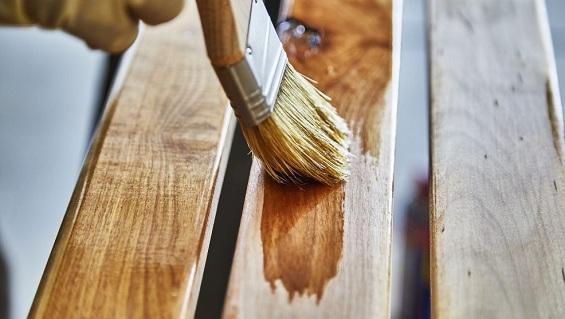When it comes to protecting and enhancing the beauty of wood surfaces, clear coatings play a crucial role. Among the diverse range of clear coat options available, varnish stands out as a popular choice. However, understanding the distinctions between varnish and other clear coats is essential for making informed decisions about which one to use for your project. In this article, we’ll delve into the key differences between varnish and other clear coat alternatives, helping you choose the best option for your specific needs.

Exploring the Distinctions: Varnish vs. Other Clear Coats
Varnish
Varnish is a durable and versatile clear coating that offers both protection and aesthetics. It consists of a blend of resins, oils, and solvents that form a tough, transparent film when applied to a surface. Varnish is widely used for wood surfaces, such as furniture, cabinetry, and outdoor structures, due to its ability to withstand various environmental conditions, including sunlight, moisture, and temperature changes. The application of varnish enhances the natural beauty of wood by providing depth and a glossy or satin finish, depending on the type of varnish used.
Polyurethane
Polyurethane is another commonly used clear coat option. It’s available in both oil-based and water-based formulations. Polyurethane provides excellent protection against wear, scratches, and moisture, making it suitable for high-traffic areas such as floors and tabletops. It dries to a hard finish and offers various levels of sheen, from matte to glossy. While polyurethane is known for its durability, it may not always bring out the wood’s natural beauty as effectively as varnish.
Lacquer
Lacquer is a fast-drying and versatile clear coat option. It’s often used in woodworking and finishing due to its ease of application and ability to provide a smooth and glass-like finish. Lacquer is available in both spray and brush-on forms, allowing for quick and efficient coverage. While lacquer offers an attractive and glossy finish, it may not offer the same level of durability as varnish or polyurethane, particularly in outdoor or high-moisture environments.
Shellac
Shellac is a traditional clear coat derived from the secretions of the lac bug. It offers a warm and amber-toned finish that can enhance the appearance of wood with a vintage or classic feel. Shellac dries relatively quickly and can be easily repaired by applying additional coats. However, it may not provide the same level of durability as varnish or polyurethane, making it more suitable for decorative or indoor applications.
In the world of clear coatings, each option has its unique qualities and applications. Varnish stands out for its durability, ability to enhance wood’s natural beauty, and resistance to environmental factors. Polyurethane excels in high-traffic areas, offering excellent protection against wear and moisture. Lacquer provides a quick and glossy finish, while shellac offers a charming, vintage look. The choice between varnish and other clear coats ultimately depends on the specific project requirements, desired aesthetics, and environmental considerations. By understanding these differences, you can confidently select the clear coat that best suits your woodworking and finishing needs.